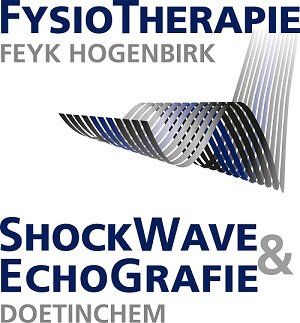Non-specific back problems
Non-specific back problems
What are non-specific back complaints?
Non-specific back complaints can be defined as pain in the area around the lower (lumbar) vertebrae, the sacrum and the tailbone. The majority of patients who suffer from back complaints have a non-specific diagnosis. Non-specific means that there is no clearly demonstrable or There is a identifiable medical cause for the pain. So, for example, not: a hernia or a sheared vertebra. That doesn't mean nothing could be done about it. I have several options to work on this. An intake will quickly determine whether I can help you further. We can agree on a block of 5 treatments to start the treatment. It must have had at least some effect within that. This is often the case, and the treatment plan is further completed, sometimes with a maintenance schedule as a conclusion. I will not leave you out in the cold!
Non-specific low back complaints are one of the most common complaints in the Netherlands. About eighty percent of Dutch people have suffered from lower back problems. In most cases, the pain goes away within three months. However, if the complaints last longer, they are referred to as chronic lower back complaints. This group of patients is a major social problem in the Netherlands. This means that many people are at home with back problems who are unable to perform their work properly and who therefore end up on sick leave. The complaints are very annoying for the patient. . People feel ill and have pain, but it cannot be proven what causes this. Because no clear cause for the clinical picture can be demonstrated, the patient cannot be treated specifically. Non-specific low back complaints also include the following “diagnoses”: Lumbago. This means that there are pain and stiffness complaints in the lower part of the back; Spit. This means that there are pain and stiffness complaints in the lower part of the back, possibly radiating to the buttocks and groin. Sometimes there is also radiation in the upper legs. Sciatica. This only means that there are pain complaints in the course of the sciatic nerve (the greater sciatic nerve). Worn intervertebral discs. Worn intervertebral discs is a medical diagnosis in itself. Research has shown that a large percentage of people over the age of thirty have worn intervertebral discs. However, only a small percentage report pain in that area. This medical diagnosis does not necessarily result in pain and stiffness complaints..!!
ADDRESS
Physiotherapy Feyk Hogenbirk
Gezellenlaan 21
7005 AX Doetinchem
(Free parking)
T 0314 394 222
M 0653669587
info@fysiotherapiedoetinchem.com
OPENING HOURS
- Monday
- -
- Tuesday
- -
- Wednesday
- -
- Thursday
- -
- Friday
- -
- Saturday
- Appointment only
- Sunday
- Appointment only
© 2025
All rights reserved | Disclaimer | Privacy | Website by Internet agency Doetinchem FrankBrinks.nl




